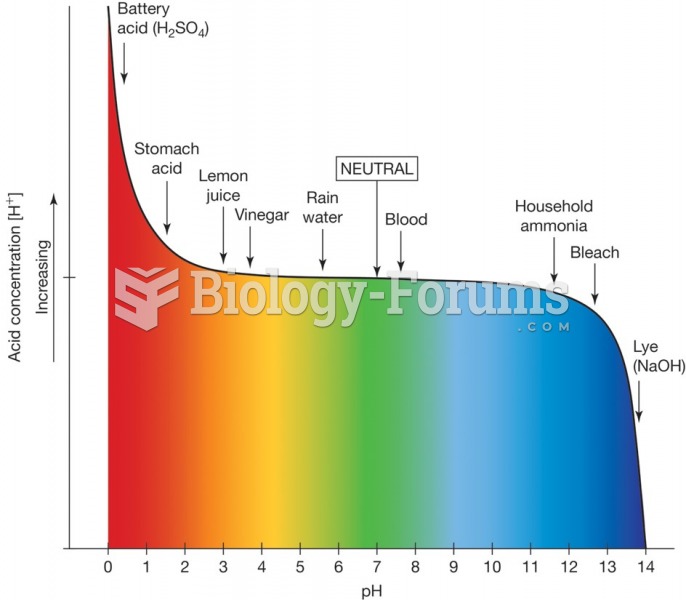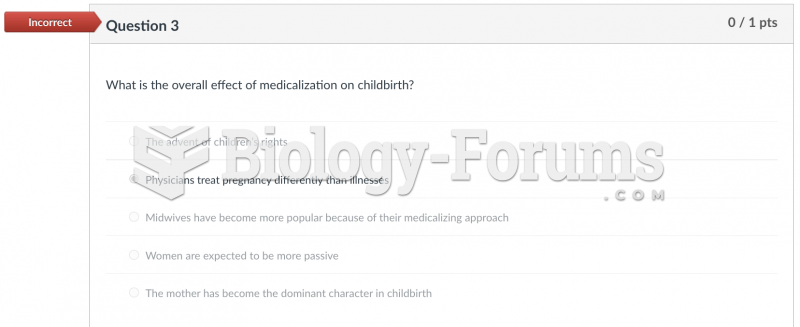Answer to Question 1
B
The use of one -length rail is not considered a restraint; it can be used to assist the patient in get-ting in and out of bed. Two full-length rails and four -length rails would be considered a restraint. The use of no side rails is not considered a restraint; however, the use of one rail to maneuver in and out of bed may be most beneficial to the patient.
Answer to Question 2
D
Feedback
A Incorrect. The American Heart Association does not encourage individuals to drink wine and states that alcohol intake should be moderate; for an older woman, daily wine intake should not exceed 4 ounces a day. The benefits of drinking red wine are not well established, but a small increase in high-density lipoproteins can occur along with the anticoagulant properties.
B Incorrect. The nurse instructs the older female adult to drink up to 4 ounces of wine daily after the discontinuation of warfarin.
C Incorrect. The first task for the nurse to complete is to discontinue the wine until anticoagulation therapy is complete. The nurse should instruct this individual to ask for help after drinking wine because alcohol contributes to vasodilation and standing can result in dizziness and orthostatic hypotension.
D Correct. The nurse's priority is to stop this older adult's intake of wine because it increases the effectiveness of anticoagulation. This older adult was discharged from the hospital recently with atrial fibrillation and needs anticoagulation be-cause atrial fibrillation exposes the older adult to a high risk of a thromboembolic event to the brain. This is because, in fibrillation, the atria are ineffective pumps; thus instead of receiving the atrial kick (about 30 of the blood the ventricles receive from the atria), the ventricles fill inadequately with passive filling. The blood in the atria stagnates and begins to coagulate without anticoagulation therapy, and establishes a mural thrombus from which emboli can break off and travel to the brain. The nurse instructs this individual to avoid drinking wine while she is taking an anticoagulant because the woman's blood will be much less able to clot, exposing her to a very high risk of a catastrophic injury in the event of a fall or trauma. Drinking alcohol will also affect the international normalized ratio (INR), so to achieve a therapeutic drug level, the alcohol must be discontinued.







